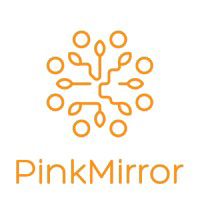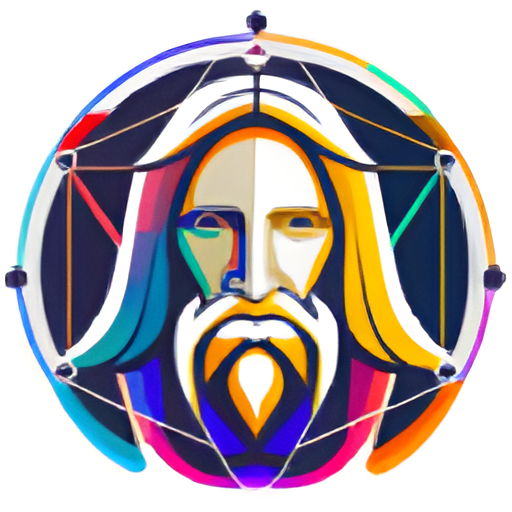Overview
Pixian AI is a cutting-edge AI tool designed to efficiently remove backgrounds from images using advanced GPUs and multi-core CPUs. This versatile platform supports a wide range of image categories including people, objects, and artworks, and is capable of handling various image formats such as PNG, JPEG, and GIF. Pixian AI is particularly adept at processing complex images like those with intricate hair details or AI-generated visuals.
The tool offers both free and premium services, with the free version allowing image processing up to 0.25 megapixels, and the paid version extending support up to 25 megapixels. Users can preview and download their results without any cost, making it accessible for casual users and professionals alike. Additional features include image cropping, fun face stickers, and a comparison tool that helps users evaluate the before and after effects of their edits.
For businesses and engineering teams, Pixian AI serves as an outsourced MLOps solution, offering easy API integration and a smooth transition from similar services like Remove.BG. The AI model behind Pixian AI is custom-developed and trained on a proprietary dataset, ensuring both high efficiency and superior quality in results.
Security and privacy are paramount at Pixian AI, with strict data retention policies ensuring all uploaded images and results are deleted after processing. This commitment to privacy, combined with user-friendly design and affordable pricing, makes Pixian AI a preferred choice for both individual and corporate users looking to enhance their images with professional ease.
Key features
- Advanced hardware utilization: Pixian.AI leverages powerful GPUs and multi-core CPUs to enhance image processing speed and efficiency.
- Comprehensive format support: The tool supports multiple image formats including PNG, JPEG, and GIF, accommodating a wide range of user needs.
- Free and paid options: Users can choose between free processing for images up to 0.25 megapixels or opt for the paid service supporting up to 25 megapixels.
- Personalized editing features: Offers tools like cropping, face stickers, and a comparison tool to provide personalized and precise editing capabilities.
- API integration and MLOps support: Facilitates easy API integration and serves as an MLOps extension, simplifying the adoption for engineering teams.
- Privacy and security commitment: Ensures user privacy with strict data retention policies, deleting all uploaded images and results shortly after processing.
 Pros
Pros
- Real-time processing: Pixian.AI offers real-time image editing and enhancement capabilities, allowing users to see immediate results as they apply different filters and adjustments.
- Scalable infrastructure: Designed to handle large-scale operations, Pixian.AI can efficiently manage high volumes of image processing requests, making it ideal for both individual and enterprise use.
- Collaborative features: Enables multiple users to work on the same image project simultaneously, facilitating teamwork and improving project turnaround times.
- Continuous updates: Regularly updated with the latest AI models and image processing technologies to ensure high-quality outputs and new feature additions.
- Intuitive user interface: Features a user-friendly interface that simplifies navigation and operation, making advanced image editing accessible to users of all skill levels.
 Cons
Cons
- Steep learning curve: Pixian.AI's advanced features and comprehensive tools may require a significant time investment for new users to become proficient.
- Limited mobile optimization: While powerful on desktop platforms, Pixian.AI may not offer the same performance and feature set on mobile devices.
- High system requirements: The use of advanced GPUs and multi-core CPUs means that users with older or less powerful hardware may experience suboptimal performance.
- No offline functionality: Pixian.AI requires an internet connection for all processing, limiting its usability in environments without stable internet access.
- Complex API integration: While API integration supports engineering teams, it can be complex and daunting for users with limited technical expertise.
















